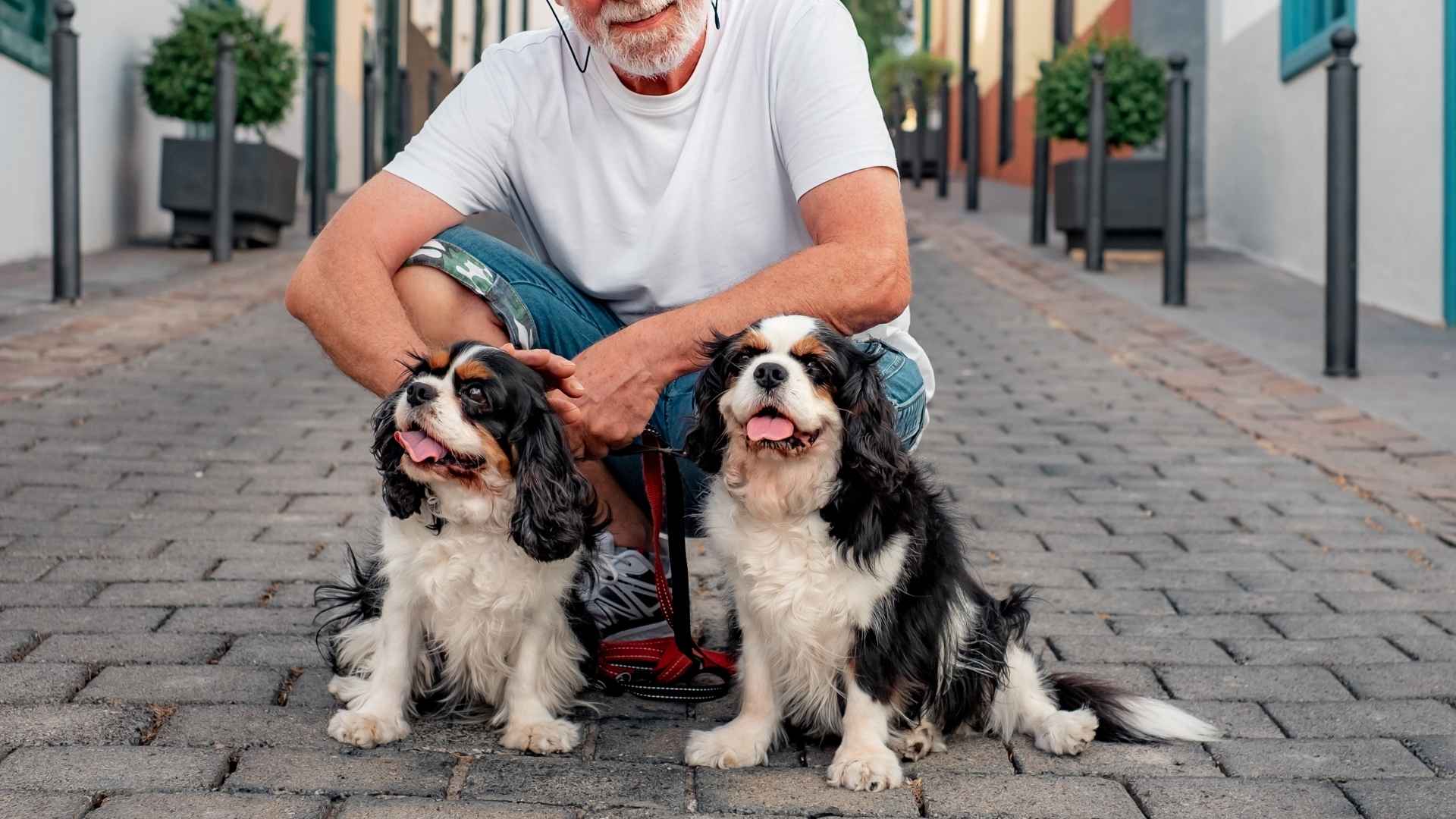There’s a special kind of joy in waking up to a quiet house, pouring your morning coffee, and seeing a tail wag just for you.
Life after 60 can be peaceful—but sometimes, a bit too peaceful. That’s where a dog comes in. Not just any dog, though. You want one that brings joy without the mess, companionship without constant care, and love that doesn’t demand more than you can give.
A dog that fits right into your rhythm—whether it’s slow mornings, gentle walks, or cozy evenings with a book in hand. You’ve earned these years. You deserve a companion that adds warmth without worry.
In this article, we’ll walk you through the best dog breeds for people over 60—breeds that are calm, loving, low-maintenance, and always happy to be right by your side.
Best Dog Breeds for People Over 60
1. Pug
Pugs aren’t high-energy dogs, which makes them an ideal match for people who prefer a slower, more relaxed routine. They’re happiest lounging beside you or following you quietly around the house. That natural calm makes daily life feel more peaceful.
Naturally attuned to their humans’ moods
These little dogs have a remarkable ability to sense how you’re feeling and respond with gentle affection, as per Britannica. They don’t demand constant movement or mental games — just your company. Their emotional attunement offers a quiet kind of companionship that never overwhelms.
A small dog with a big heart
While they fit neatly into the category of small dogs, Pugs carry a lot of personality in their compact frame. They’re expressive, full of charm, and rarely too much to handle, even for first-time owners. Their size also makes handling and care less physically demanding.
Gentle and affectionate to the core
Considered one of the most affectionate dogs in the toy breed group, Pugs thrive in households where they can bond deeply with just one or two people. They enjoy short walks, cozy routines, and simply being part of everyday life. Their loyalty is steady and soothing.
2. Shih Tzu
The Shih Tzu isn’t the kind to pace around waiting for constant action. Instead, they observe their surroundings calmly and adapt to the slower pace of older adults without needing much stimulation. That quiet compatibility sets them apart from more reactive breeds.
Minimal need for physical exertion
You won’t find this breed begging for long walks or chasing toys across the yard. Their daily needs are modest—a few steps around the living room or a short walk are enough. For seniors who prefer restful routines, this makes day-to-day care much easier.
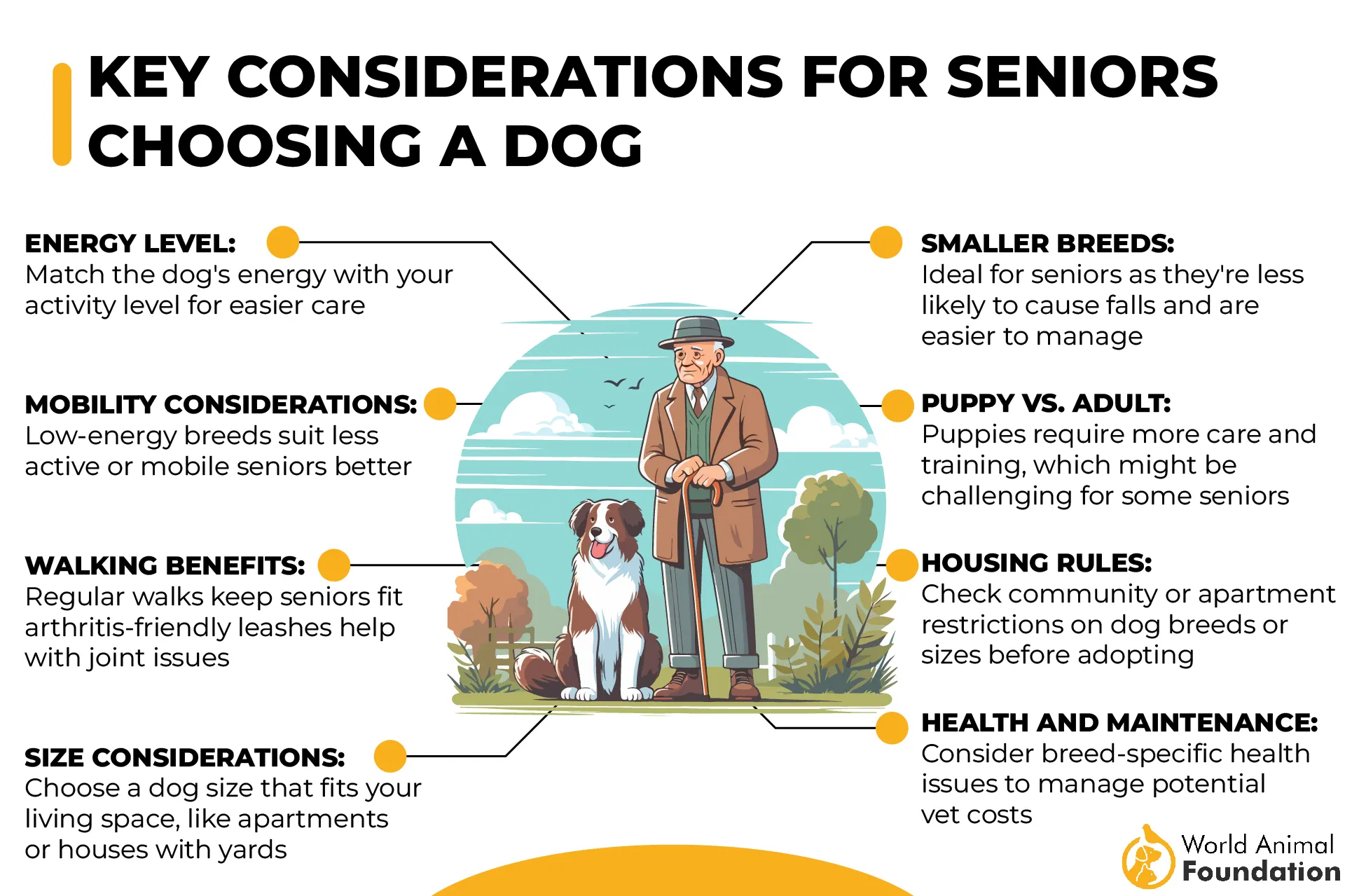
Gets along easily with others
Shih Tzus tend to coexist peacefully with other dogs and adapt well to homes that have visitors or grandkids dropping in, as stated in All Shih Tzu. Their non-territorial nature helps avoid stress or barking episodes. It’s this steady temperament that makes them such easy companions.
Surprisingly sharp beneath the fluff
Though they don’t act like it, Shih Tzus are among the more underestimated intelligent dog breeds. They learn household rhythms quickly and respond well to soft-spoken guidance. This quiet cooperation makes life smoother, especially for older adults managing routines on their own.
3. Bichon Frise
The Bichon Frise’s hypoallergenic coat sheds very little, making it a smart choice for seniors who want a clean home without constant vacuuming. Its soft, curly texture does require regular grooming, but many dog owners appreciate how tidy it keeps their living space.
Friendly temperament for social lifestyles
Bichons are naturally outgoing, often enjoying the presence of guests or neighbors dropping by. Their cheerful personality blends well into a senior living community, especially for those who value companionship without overwhelming energy. They enjoy being involved but aren’t demanding.
Learns routines quickly and easily
This breed thrives on consistency, and their willingness to please makes them easy to train for simple commands and household manners. They respond best to positive reinforcement and gentle correction, which works well for older adults who prefer a softer approach.
Active indoors without being hyper
Bichons love playtime, but they don’t need wide open spaces to stay content. A bit of fetch across the living room or light play in a courtyard keeps them mentally and physically satisfied. They’re lively without requiring a high-effort routine or heavy exercise.
4. Cavalier King Charles Spaniel
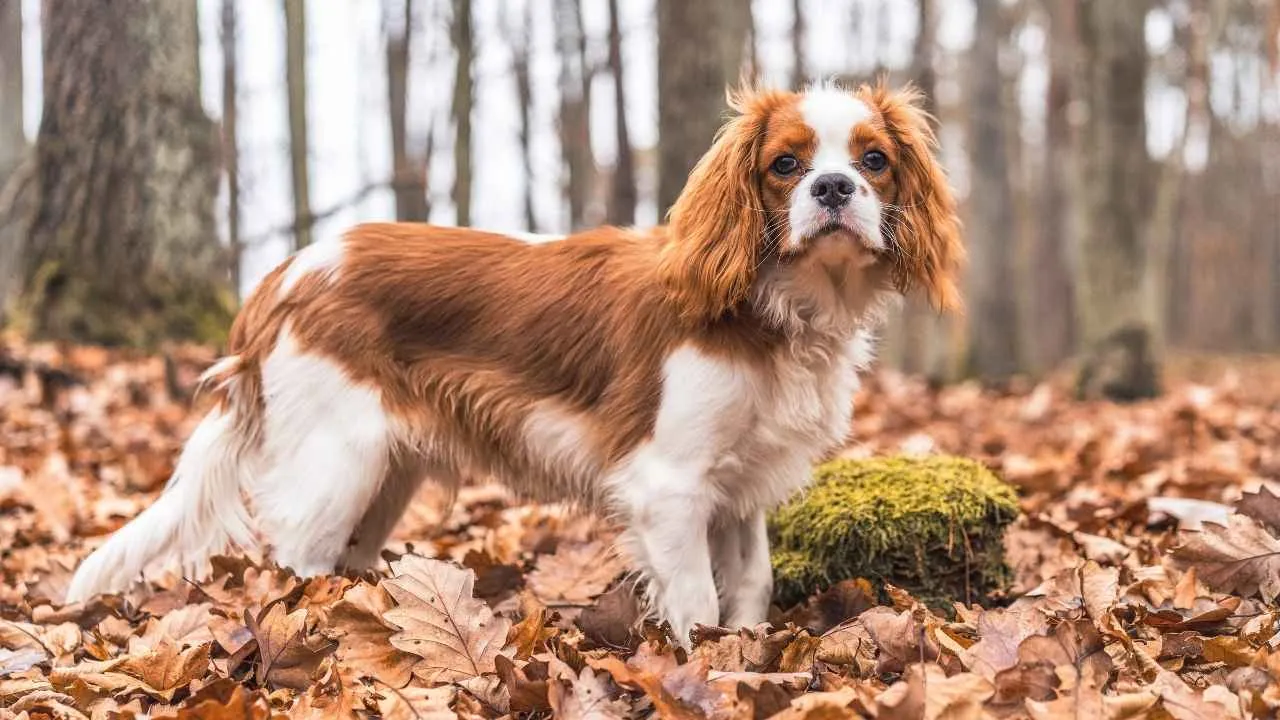
Cavaliers aren’t just friendly — their entire temperament runs at a soft, predictable pace. They don’t startle easily, and their quiet attentiveness offers emotional balance. That steadiness becomes especially meaningful in day-to-day pet ownership for seniors.
Built for companionship, not independence
This breed doesn’t wander off or demand space — they stay close, often curled by your feet or watching TV with you. Their sensitivity to human cues is instinctive. You’ll rarely have to “teach” them how to be near — they just are.

Easily adapts to homes with other pets
They’re social, but not intrusive, which makes them excellent furry friends for cats or other pets in the home, as per PDSA. No posturing, no chasing, just subtle curiosity and calm co-existence. That easygoing social nature sets them apart from many other small breeds.
Low-maintenance presence with a luxurious feel
Despite their silky coat and graceful movement, they don’t come with the demands of a high-maintenance dog. Brushing is simple, exercise needs are moderate, and grooming feels more like bonding than work. They bring elegance without the effort.
5. French Bulldog
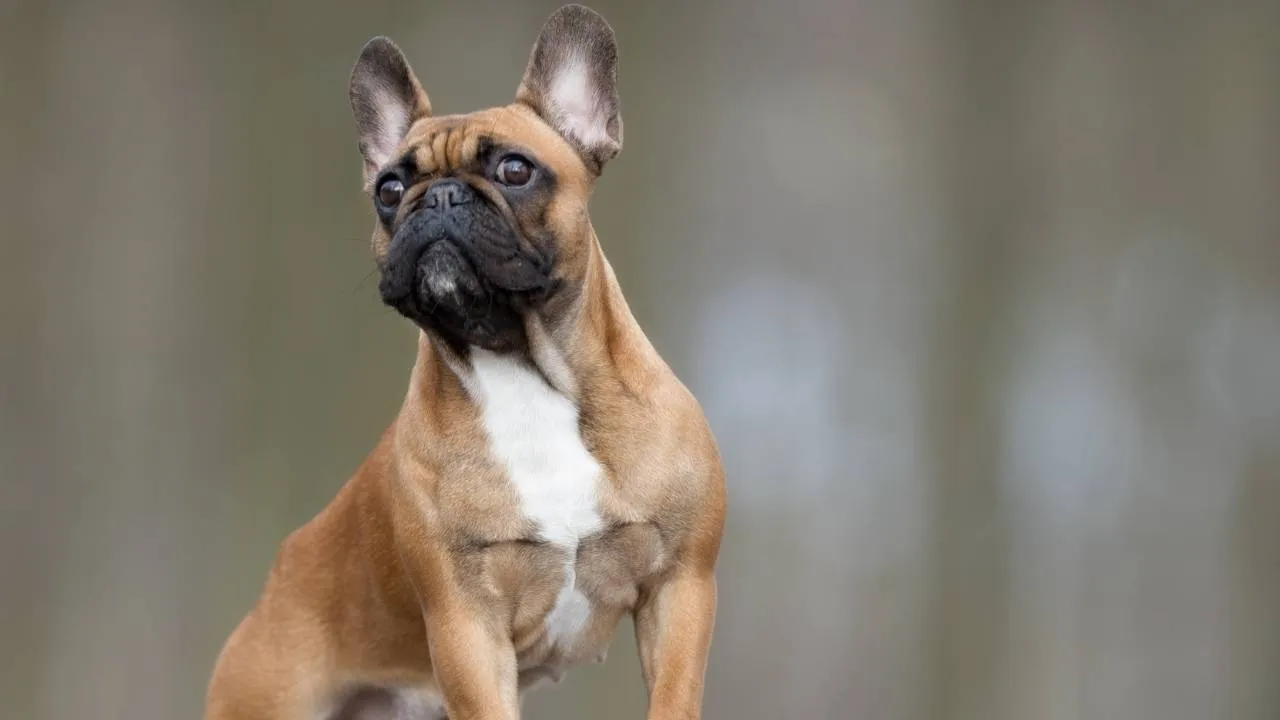
French Bulldogs don’t require long walks or intense activity, making them well-suited for people who prefer shorter outings or slower-paced routines. Their compact build means a quick stroll or indoor play is usually enough. This breed’s lower energy levels also reduce daily demands.
Quiet companion with a strong presence
They’re not known for being big barkers, which makes them ideal for quieter homes or apartment settings, as stated in Purina. Despite their silence, they communicate a lot through facial expressions and body language. They’re calm but aware — always tuned in without being intrusive.
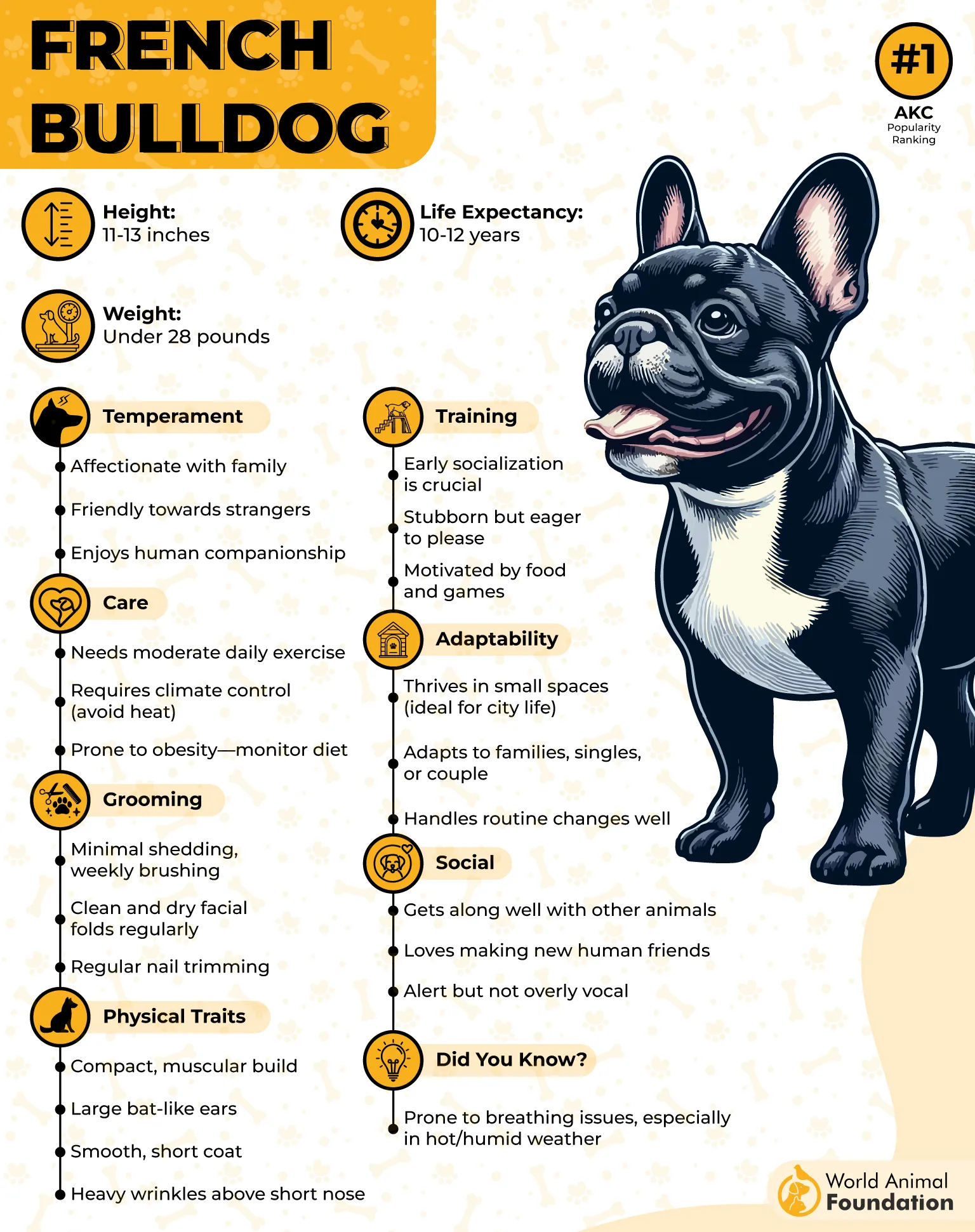
Built for comfort, not chaos
Frenchies are natural loungers with sturdy little bodies, and they carry themselves more like relaxed roommates than hyper pets. While not a traditional lap dog, many will still lean against you or curl up nearby for hours. They don’t fidget or pace when indoors.
Easy puppy phase and manageable adulthood
Raising a French Bulldog puppy is generally straightforward thanks to their eager-to-please nature and consistent routines. They adjust well to calm households and don’t need constant engagement. Once mature, they maintain steady energy levels without shifting into demanding habits.
6. Pomeranian
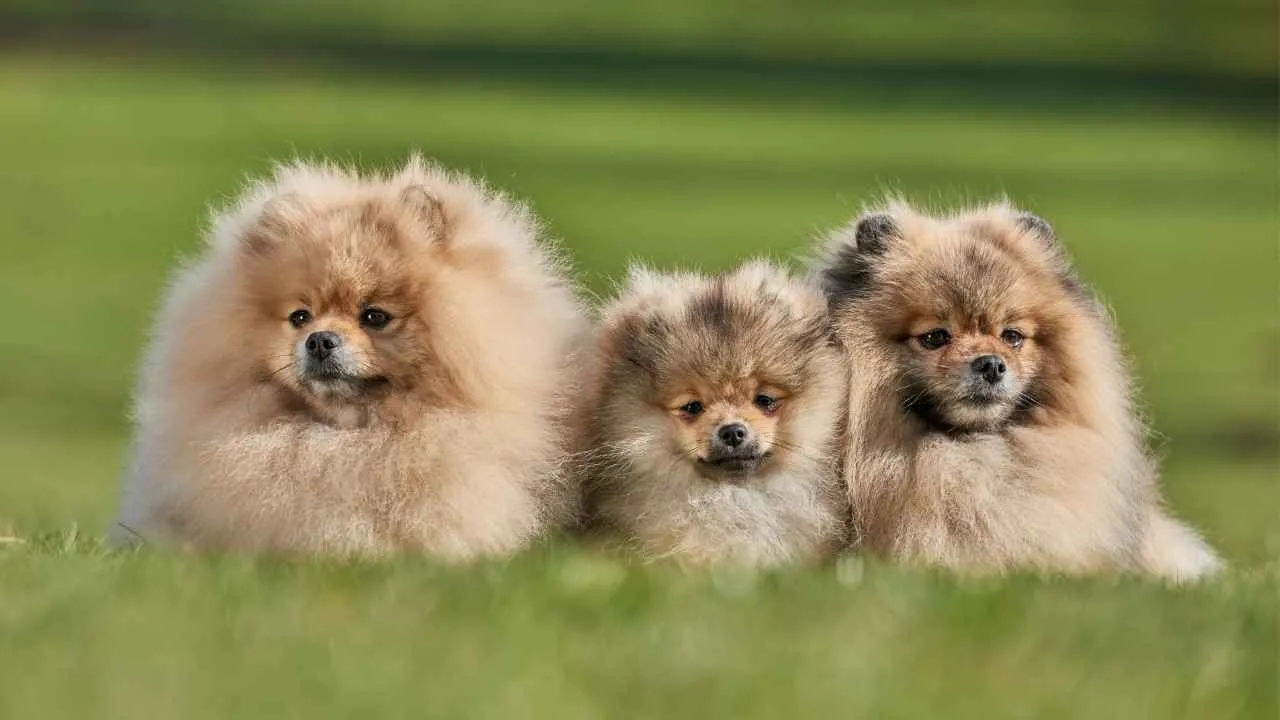
Despite their size, Pomeranians are naturally attentive and quick to react to sounds or changes in their environment. This alertness can help older people feel more aware of what’s happening around their home. They act like tiny watchdogs with a fluffy twist.
Low-impact, indoor-friendly energy
You don’t need long walks or high-energy play sessions to keep a Pom content. Their bursts of energy are short and easily managed indoors, even in smaller living spaces. That makes them ideal for older people who prefer simple routines.
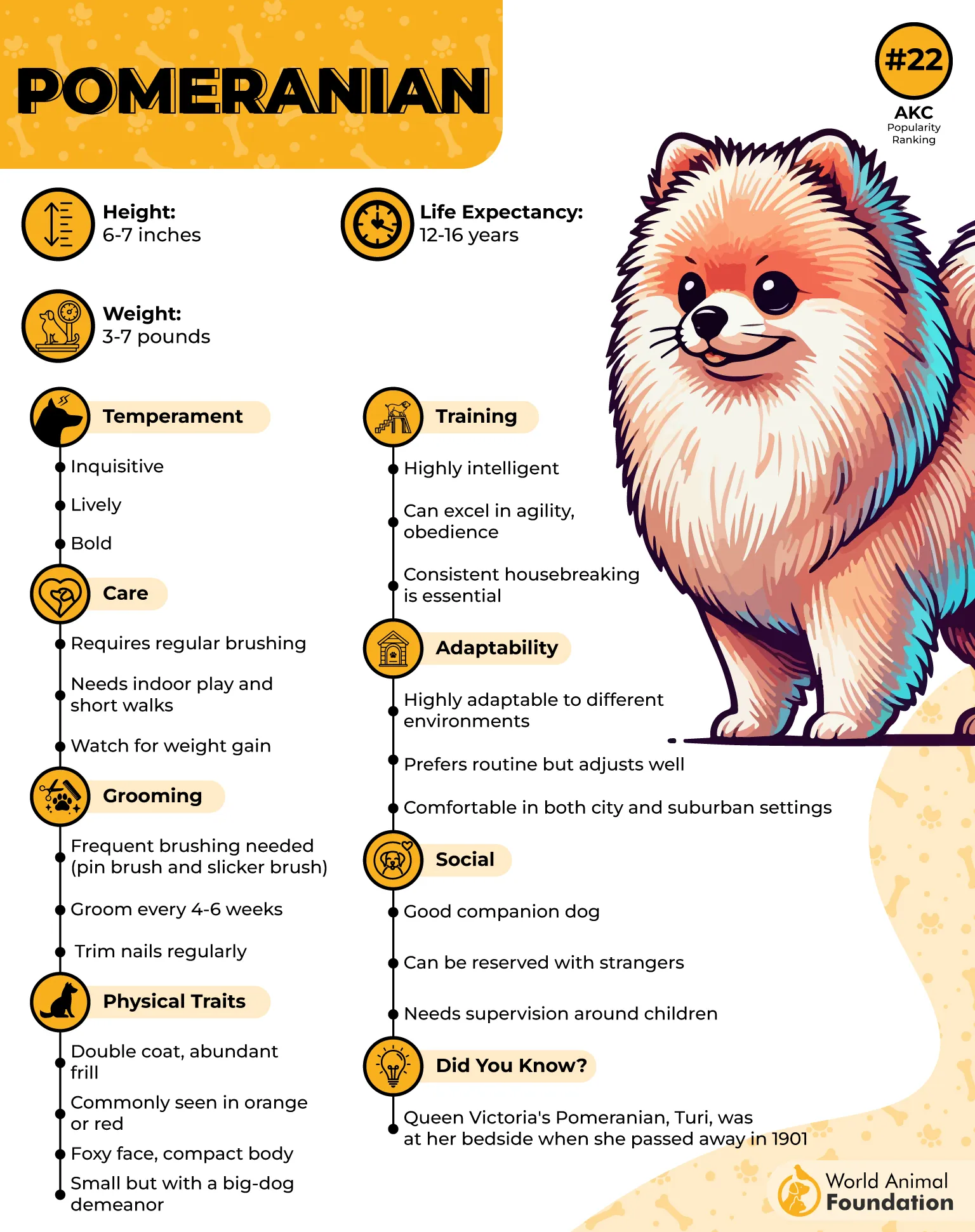
Compact yet full of expression
These dogs may weigh just a few pounds, but they carry themselves like they own the room. With wide, intelligent eyes and a thick, expressive coat, they’re impossible to ignore. Each Pomeranian has a strong sense of identity and often bonds closely with one person.
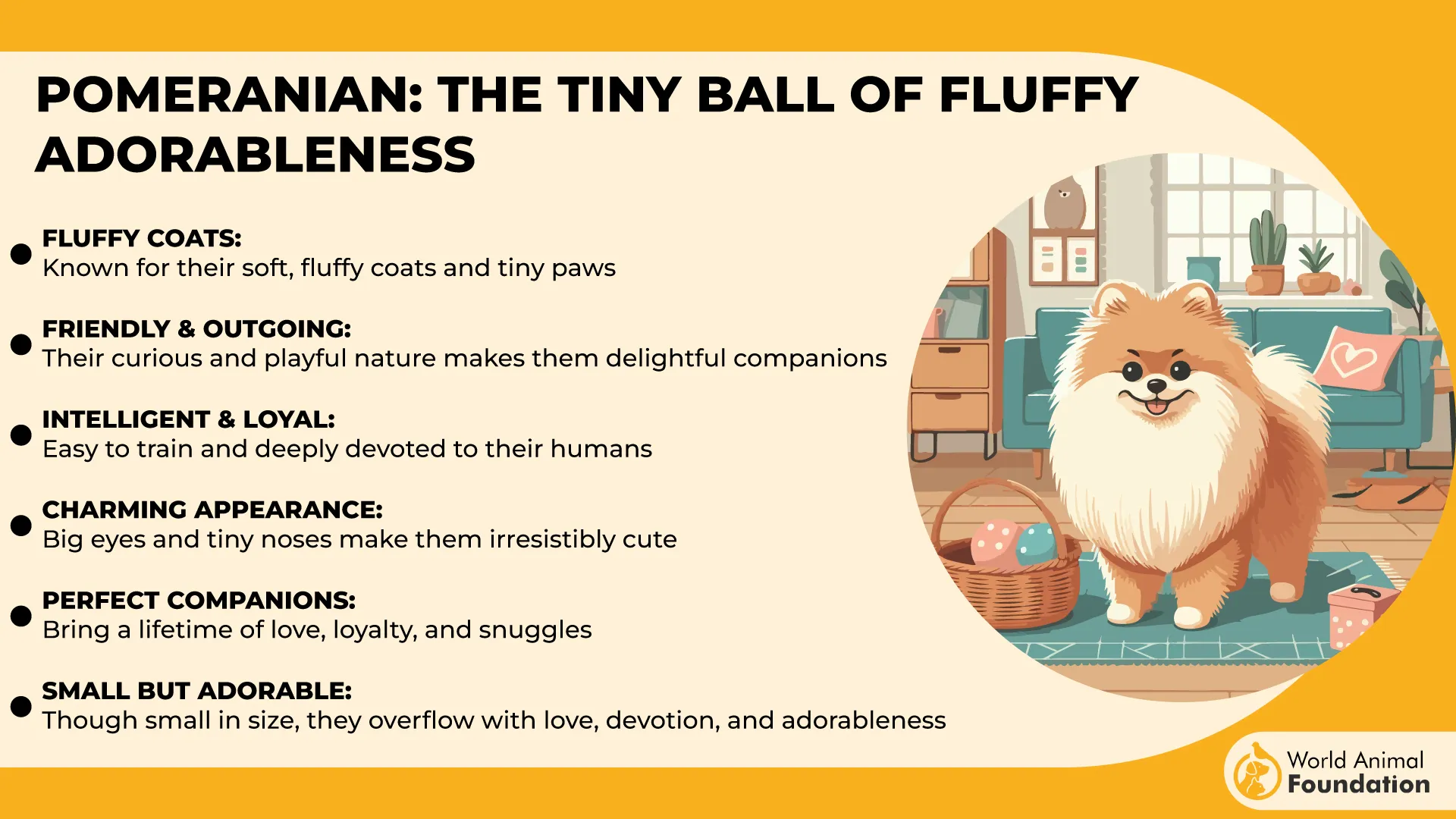
Great companions with a curious streak
Their deep bond with their human makes them great canines for people who enjoy staying connected with their pet throughout the day. They’re the kind of animal that thrives on gentle attention and soft conversation. Grooming can become a relaxing shared ritual.
7. Havanese
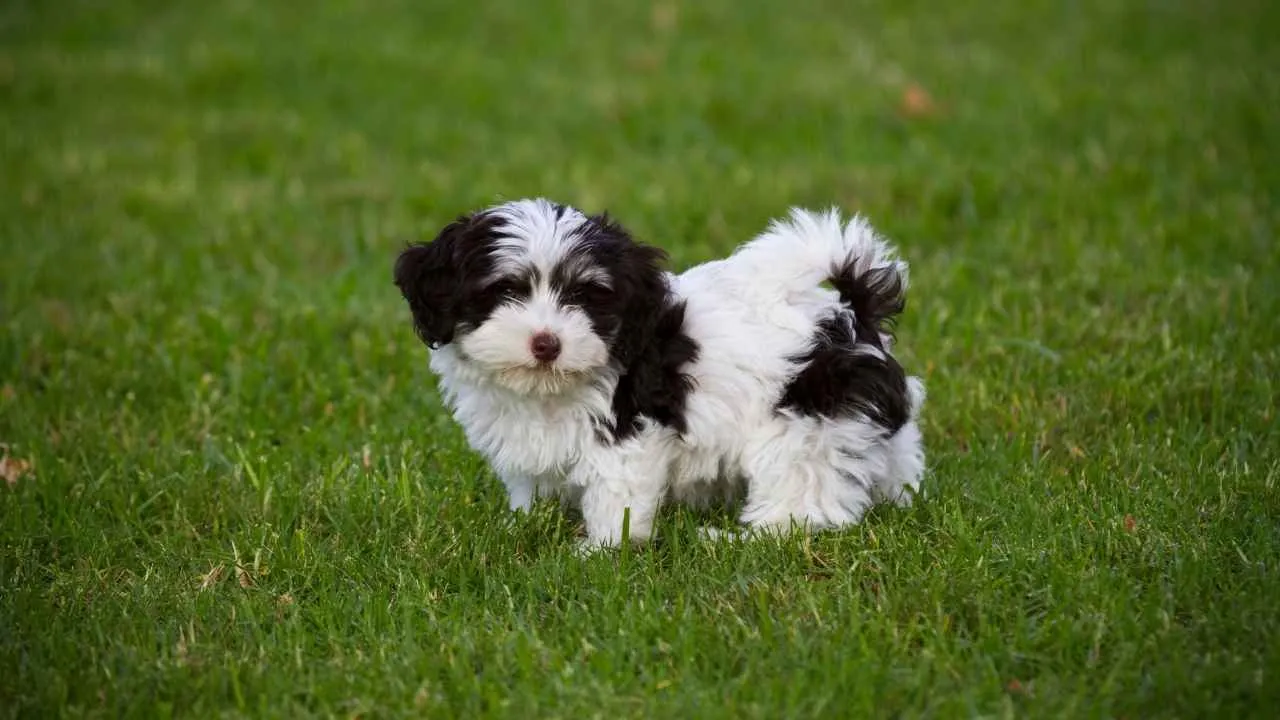
The Havanese naturally adjusts to the daily rhythm of its owner, whether that’s short walks or time indoors. They’re not just tolerant of quiet routines — they prefer them. Their flexibility removes any pressure to “keep up” with an overly active dog.
Communicates without overwhelming
This breed uses body language and soft vocalizations to express needs, often making eye contact or subtle gestures instead of constant barking. That makes them easier to live with for older adults sensitive to noise. Their communication feels more like conversation than chaos.
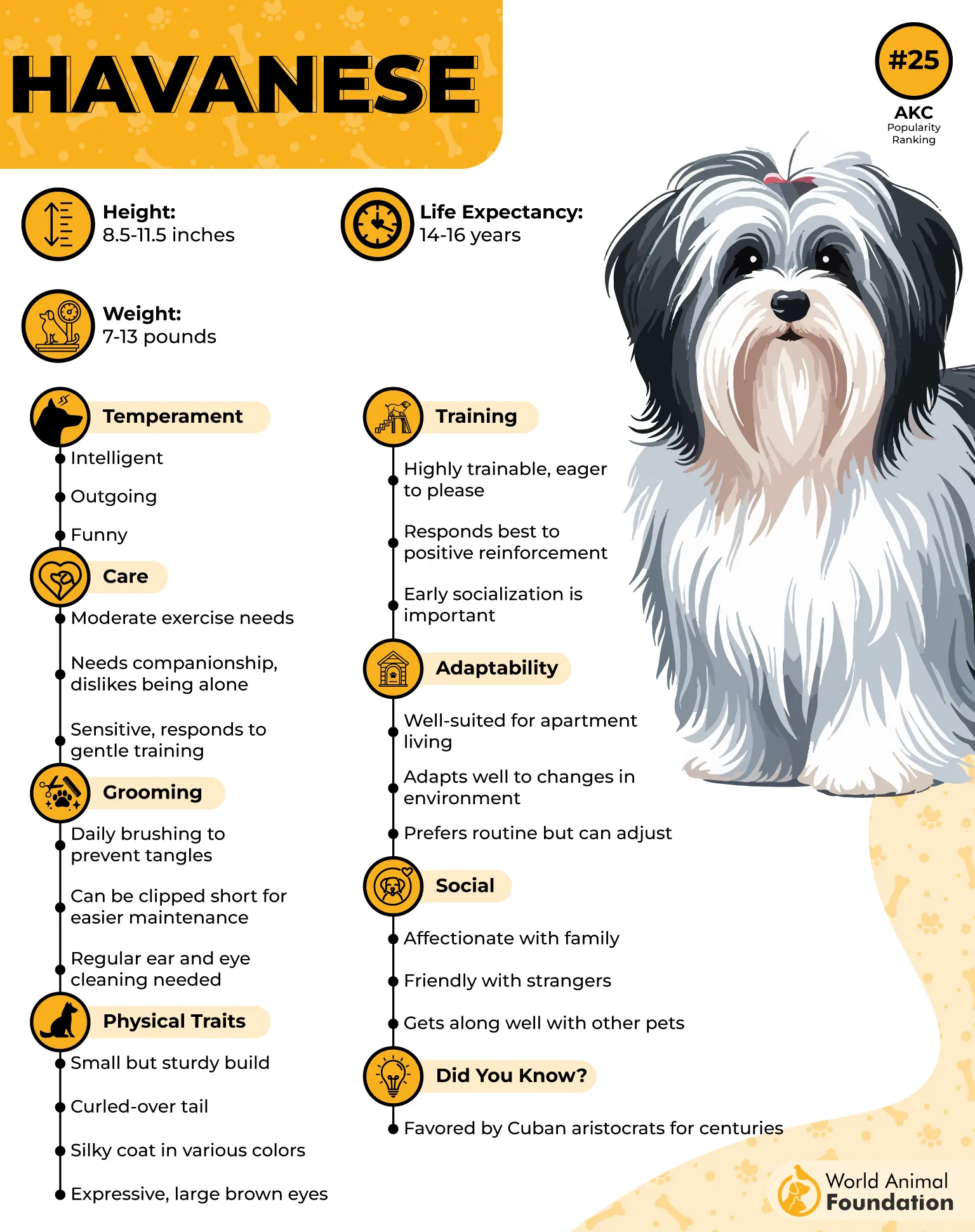
Coats that require care but create a connection
Though their silky coats need regular brushing, grooming becomes a gentle bonding ritual rather than a chore. Many owners find this time calming and even therapeutic. The soft texture of their coat and their patience during grooming encourage touch and connection.
Sociable in a quiet, non-disruptive way
Havanese enjoy company but don’t demand attention constantly. They greet visitors warmly without jumping or overwhelming them. Their social energy is warm and balanced — ideal for households that enjoy the occasional guest but don’t want an excitable greeter at the door.
Conclusion
Choosing the right dog at this stage of life isn’t about chasing trends—it’s about finding a cuddle buddy who complements your pace. From calm afternoons to early bedtimes, the best match is one that gently fits your rhythm. Whether you’re drawn to senior dogs who already know the ropes or a pup with the spirit of a friendly dog, the joy they offer is ageless.
There are different breeds with different gifts—some make great alert dogs, while others thrive in your lap. Even if your chosen companion needs occasional professional grooming or a cute puppy cut, the connection is always worth it.
You don’t need to join a breed club or hire dog walkers daily to enjoy the magic of dog ownership. Sometimes, the best moments are the quietest ones—shared with a soft gaze, a wagging tail, and the kind of comfort only an older dog can bring.


